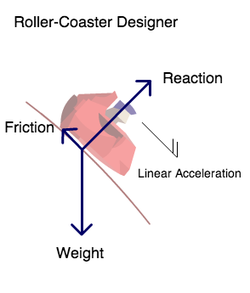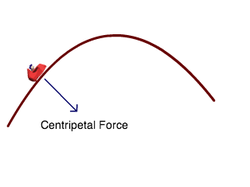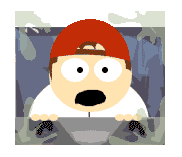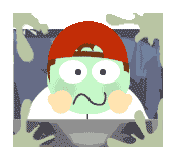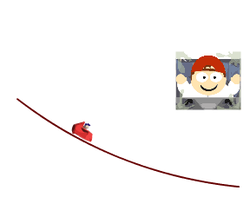| Teach Math Interactive |
|
- GED
- Home
- Mathematics
-
Algebra
- Combining Like Terms
- Create and evaluate expressions
- Discover One Step Functions
- Distributive Property >
- Equations
- Exponents >
- Linear Equations
- Mean, Median and Mode
- Probability
- Properties of Real Numbers >
- Simplify Equations
- Solve Equations with Variables on Both Sides
- Systems of Two Linear Equations
- Two Step Equations
- Writing Terms in Algebraic Terms
- Geometry
- Misc
- Money/Economics
- Engineering
- Telling Time
